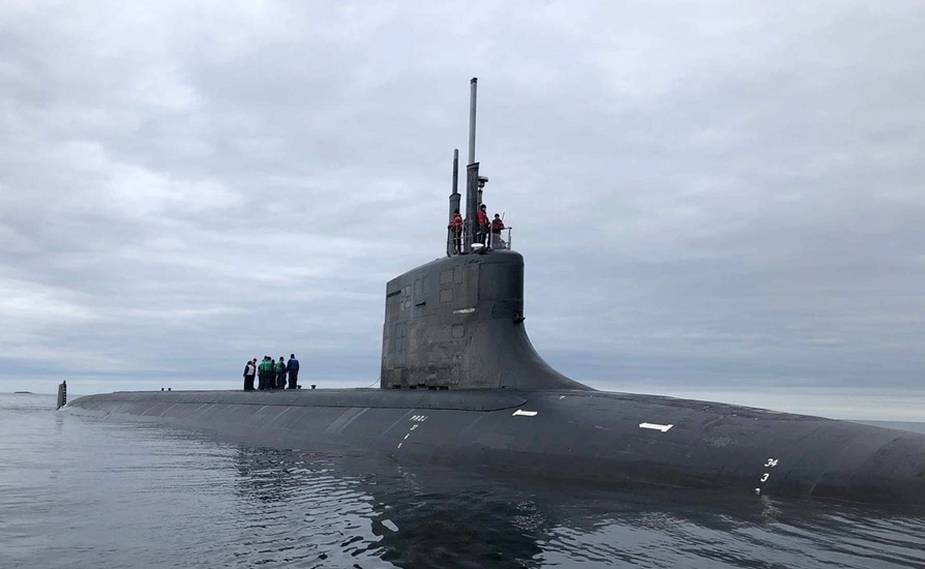Breaking news
Lockheed Martin awarded USD54M for ISIS Integrated Submarine Imaging System.
The U.S. Department of Defense on September 8 announced that Lockheed Martin Rotary and Mission Systems, Manassas, Virginia, is awarded a $54,009,718 cost-plus-incentive-fee modification to a previously awarded contract to exercise options for engineering services and other direct costs in support of the Integrated Submarine Imaging System (ISIS).
Follow Navy Recognition on Google News at this link
 The Seawolf-class fast attack submarine USS Seawolf (SSN 21) conducts a brief stop for personnel in the Norwegian Sea off the coast of Tromsø, Norway, Aug. 21, 2020 (Picture source: U.S. Navy)
The Seawolf-class fast attack submarine USS Seawolf (SSN 21) conducts a brief stop for personnel in the Norwegian Sea off the coast of Tromsø, Norway, Aug. 21, 2020 (Picture source: U.S. Navy)
Work will be performed in Manassas, Virginia (74%); Virginia Beach, Virginia (15%); Northampton, Massachusetts (5%); Fairfax, Virginia (3%); Arlington, Virginia (2%); and Waterford, Connecticut (1%), and is expected to be completed by September 2023. Fiscal 2022 research, development, test and evaluation (Navy) funds in the amount of $3,201,969 (22%); fiscal 2021 shipbuilding and conversion (Navy) funds in the amount of $3,128,918 (22%); fiscal 2022 other procurement (Navy) funds in the amount of $2,151,482 (15%); fiscal 2022 shipbuilding and conversion (Navy) funds in the amount of $1,892,000 (14%); fiscal 2020 shipbuilding and conversion (Navy) funds in the amount of $1,751,472 (12%); fiscal 2019 shipbuilding and conversion (Navy) funds in the amount of $1,453,000 (10%); and fiscal 2017 shipbuilding and conversion (Navy) funds in the amount of $716,893 (5%) will be obligated at time of award and will not expire at the end of the current fiscal year. The Naval Sea Systems Command, Washington, D.C., is the contracting activity.
The ISIS program puts visual and digital imaging into submarine periscopes, providing all-weather, high-resolution imagery for Los Angeles, Seawolf, Ohio and Virginia Class submarines. The system makes use of existing components while providing an architecture that allows for future upgrades, according to a contract announcement by the Defense Department.
The Navy initially awarded Lockheed a $92.8 million contract for ISIS in 2009 and has modified it several times since. It replaced the optical system used in periscopes with one that uses high-res cameras and fiber-optic imagery to feed into a digital video display that can be shown on displays throughout the submarine, while giving operators the ability to enhance the image.




























